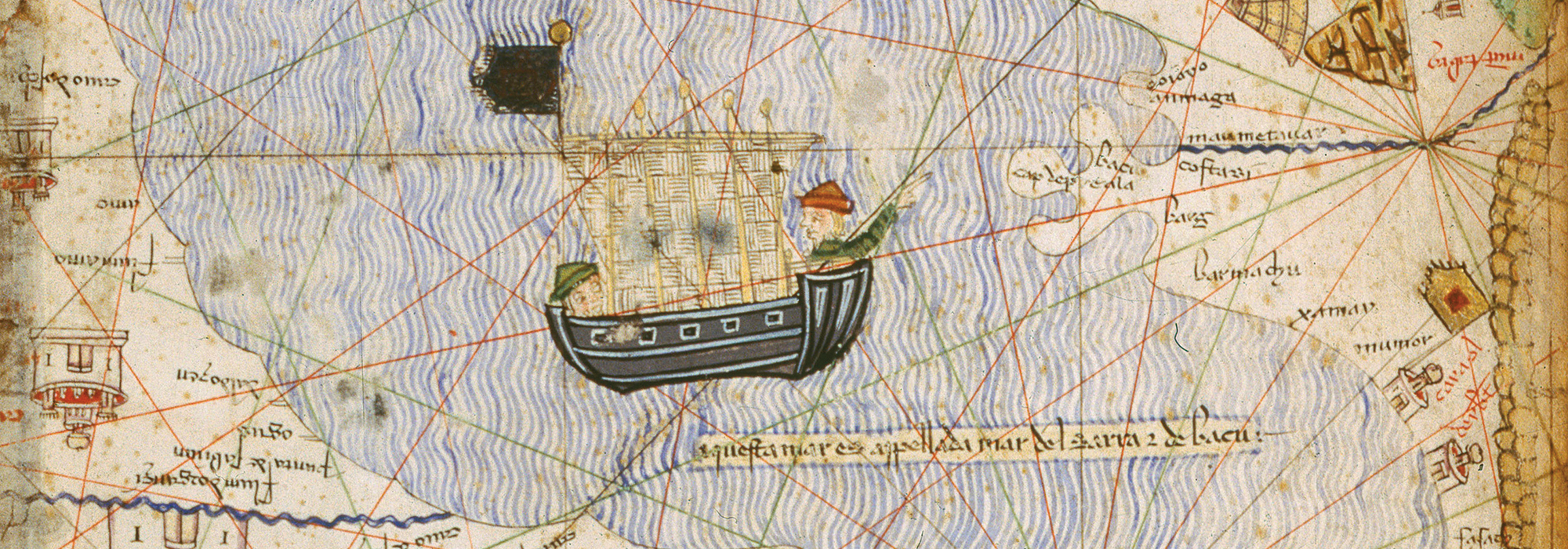ZAKOTORAC, CROATIA—Euronews reports that a helmet dated to the fifth or sixth century B.C. has been recovered from a burial mound in southern Croatia’s Peljesac Peninsula. A similar helmet was found in the same area in 2020. The helmets are thought to be associated with the Illyrians, who came from the eastern Adriatic and the Balkans, and deposited at the site as a cult practice long after the dead had been buried, according to archaeologist Hrvoje Potrebica of the University of Zagreb. “These were votive gifts left to pay respect to deities or people buried here,” Potrebica said. “We don’t think that they are related to any specific person buried here because the site contains the remains of dozens of individuals,” he added. Illyrian pins, jewelry, buckles, glass beads, and brooches were also uncovered. This group of Illyrians is thought to have controlled maritime trade routes in the region. They were eventually defeated by invading Romans in the first century B.C. To read about the possible discovery of the lost Illyrian city of Bassania, go to "World Roundup: Albania."
Second Illyrian Helmet Uncovered in Croatia
News April 30, 2024
Recommended Articles
Top 10 Discoveries of the Decade January/February 2021
Neanderthal Genome
Vindija Cave, Croatia, 2010

Digs & Discoveries January/February 2019
When Things Got Cheesy
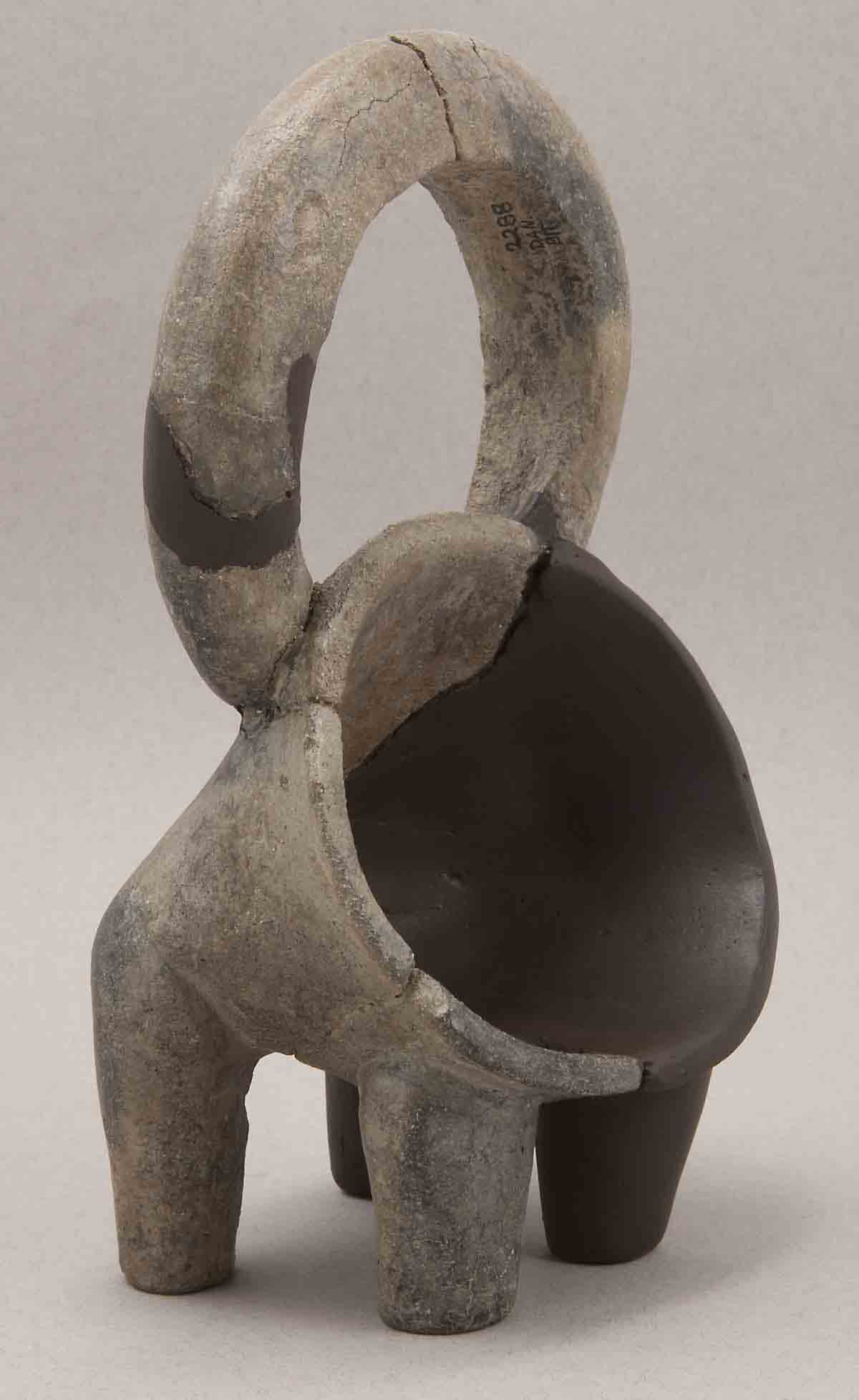
Digs & Discoveries March/April 2018
The Venus of Vlakno
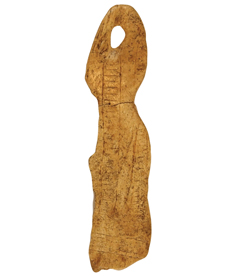
Digs & Discoveries July/August 2015
Neanderthal Necklace

-
Features May/June 2024
Alexander the Great's Untold Story
Excavations in northern Greece are revealing the world that shaped the future king
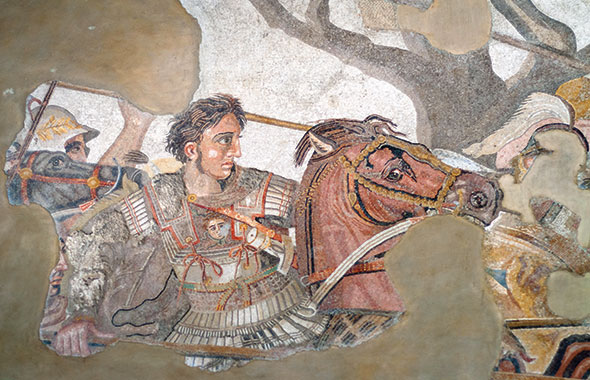 (Veronika Pfeiffer/Alamy)
(Veronika Pfeiffer/Alamy) -
Letter from the Catskills May/June 2024
Ghost Towns of the Ashokan Reservoir
An archaeologist investigates how construction of New York City’s largest reservoir a century ago uprooted thousands of rural residents
 (Courtesy the New York City Department of Environmental Protection)
(Courtesy the New York City Department of Environmental Protection) -
Artifacts May/June 2024
Medieval Iron Gauntlet
 (Courtesy Canton of Zurich)
(Courtesy Canton of Zurich) -
Digs & Discoveries May/June 2024
Ancient Egyptian Caregivers
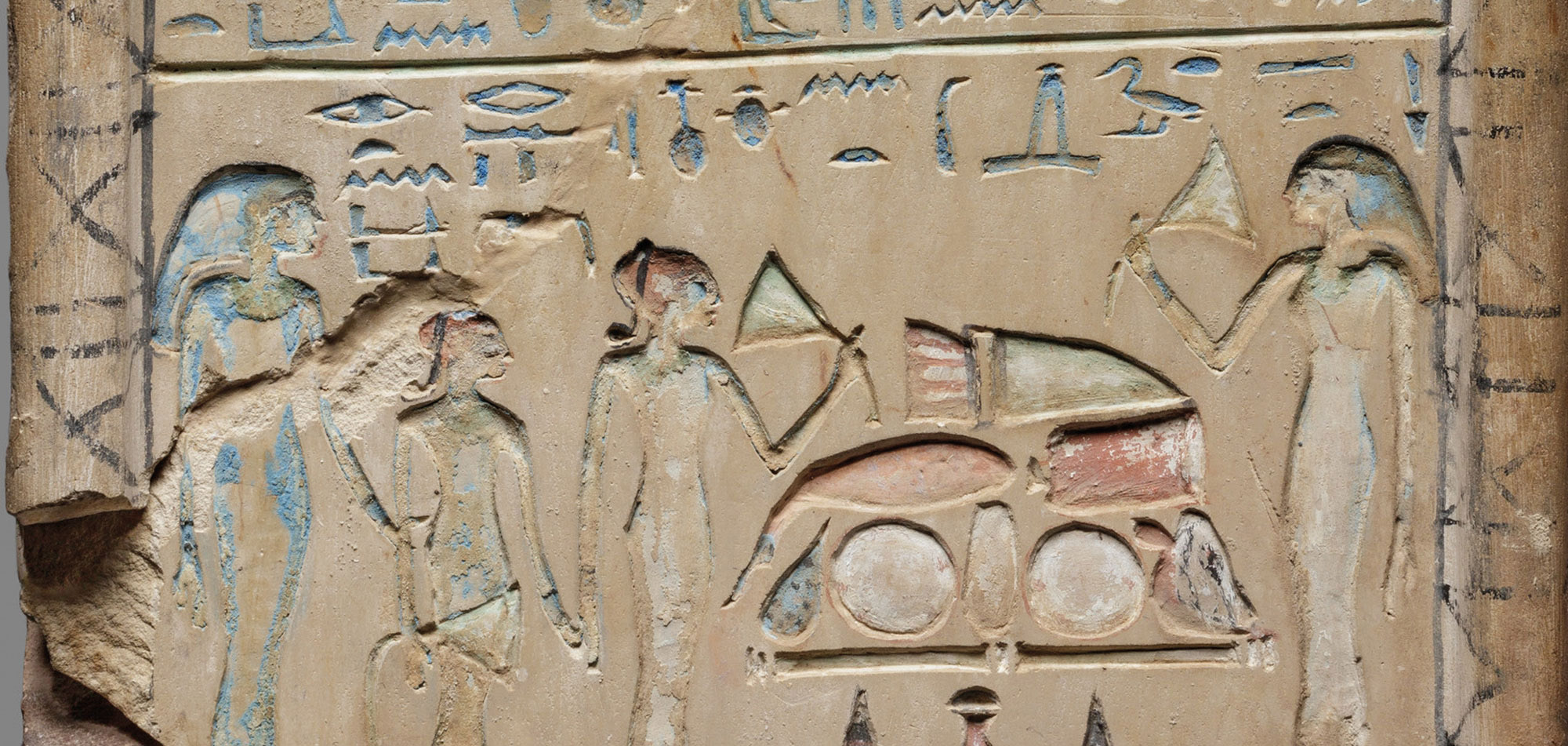 (Metropolitan Museum of Art)
(Metropolitan Museum of Art)


